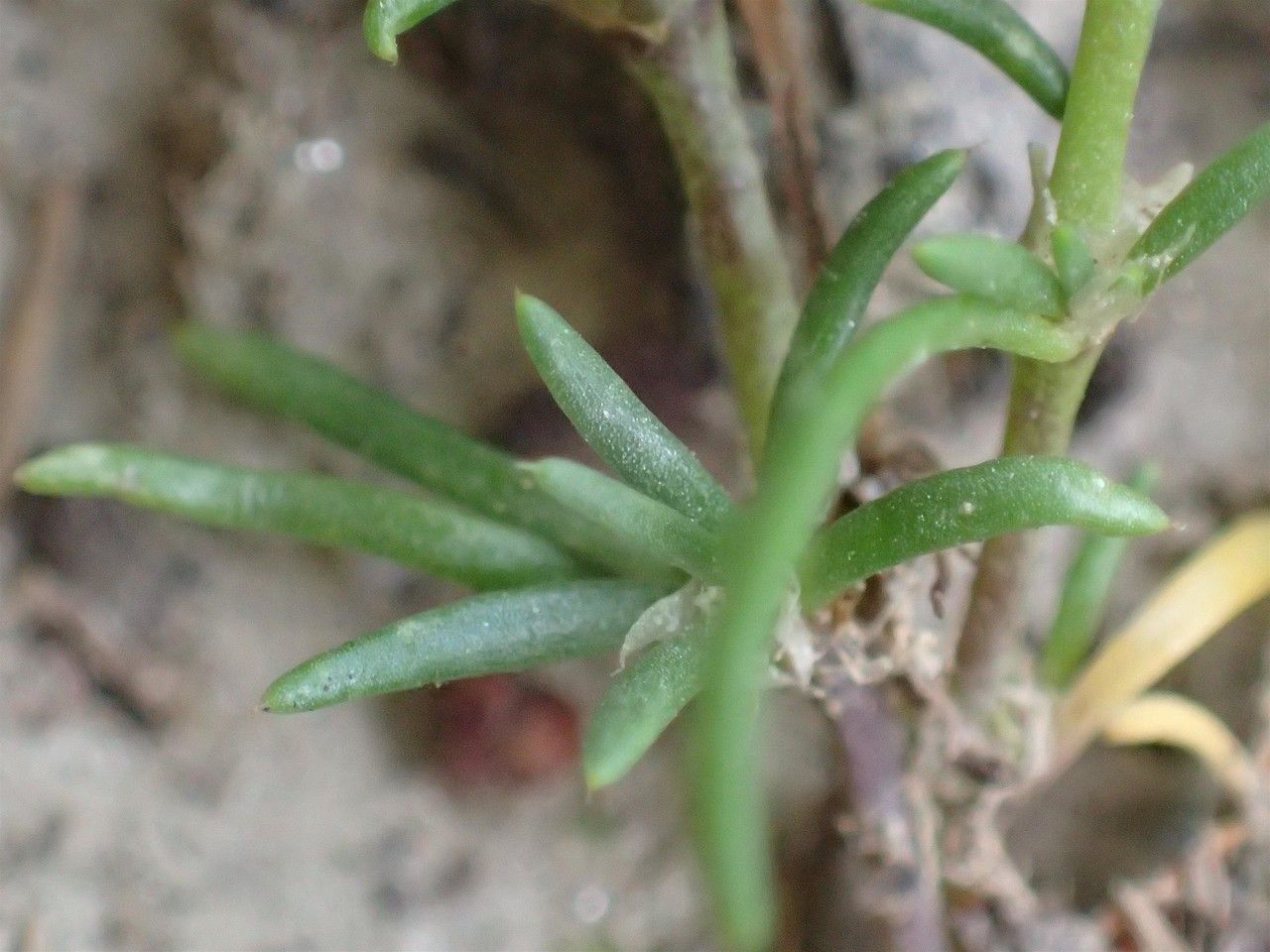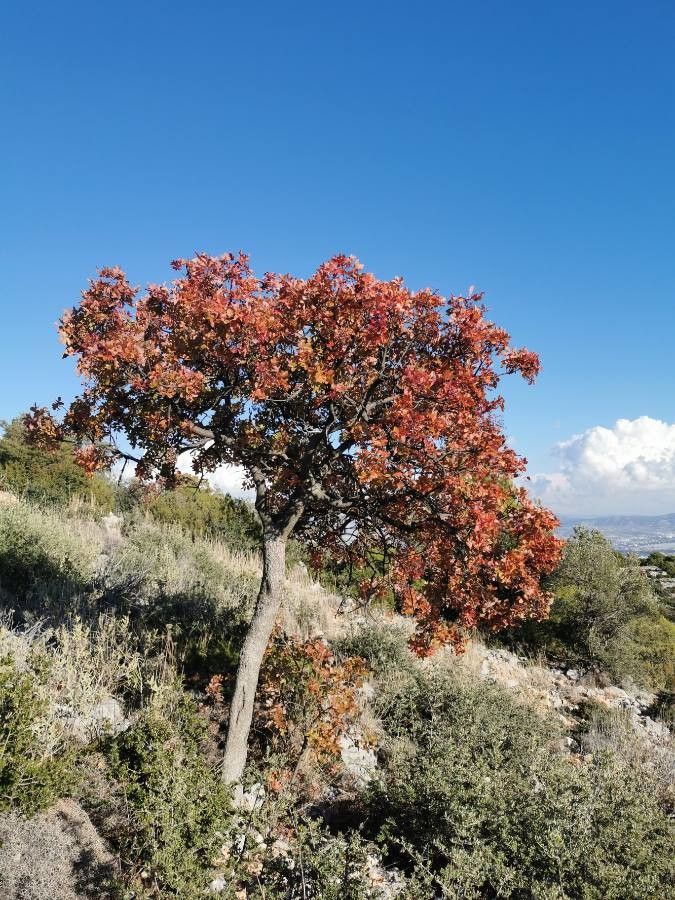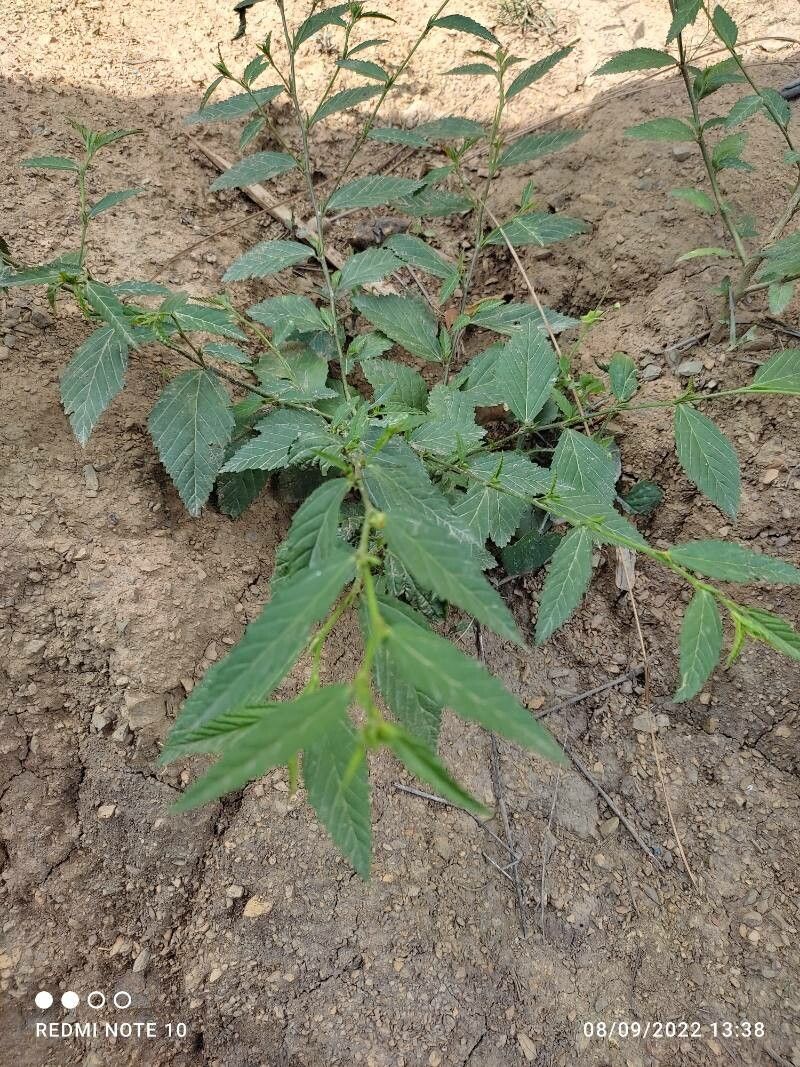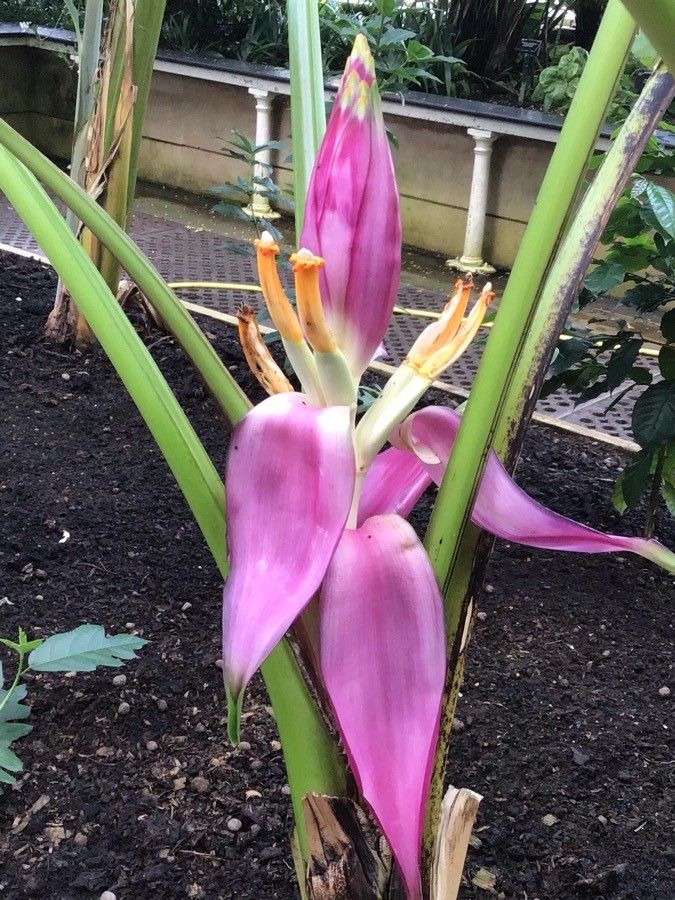## Red Sandspurry: A Charming Addition to Your Garden
Red Sandspurry (*Spergularia rubra*) is a delightful annual or short-lived perennial belonging to the Caryophyllaceae family, known for its vibrant, small red flowers. This low-growing plant, often found thriving in sandy or gravelly areas, offers a charming ground cover option for various garden settings and adds a touch of wildflower beauty to any landscape.
### Identification
Red Sandspurry is easily recognized by its slender, sprawling stems that can reach up to 10-20cm in length. Its needle-like leaves grow in pairs, and its delicate flowers, typically bright pink to reddish-purple, bloom profusely from spring to summer. The flowers are small, usually around 6mm across, with five petals. Each flower produces tiny, rounded seeds.
### Habitat and Growth
Native to Europe and parts of Asia, Red Sandspurry thrives in sunny locations with well-drained, sandy, or gravelly soils. It tolerates poor, dry conditions and is remarkably adaptable, making it an excellent choice for gardens with challenging environments. It is not particular about soil pH, but prefers soils that are not too rich in organic matter. Overly fertile soil may lead to leggy growth and fewer flowers.
### Cultivation and Care
Red Sandspurry is relatively easy to cultivate. It can be grown from seed, sown directly into the ground in spring or autumn. Seeds should be lightly covered with soil and kept moist until germination. It is a self-seeding plant, meaning it will readily reseed itself, providing a continuous display of flowers year after year, given the right conditions. While it is drought-tolerant once established, providing regular watering, particularly during prolonged dry periods, will enhance flowering. Minimal maintenance is required; deadheading spent flowers can promote more blooms but is not essential.
### Uses in Gardening
Red Sandspurry’s low-growing habit makes it ideal as a ground cover, preventing soil erosion and suppressing weeds. Its vibrant flowers provide a splash of colour in rock gardens, borders, and containers. Its tolerance of poor conditions also makes it a suitable choice for coastal gardens or areas with sandy soil. It complements other drought-tolerant plants and wildflowers.
### Pests and Diseases
Red Sandspurry is generally resistant to pests and diseases. However, overwatering can lead to fungal problems, so ensuring well-drained soil is crucial. Snails and slugs may occasionally pose a threat, particularly in damp conditions. Monitoring and taking appropriate measures to control pests should be implemented as needed.
### Conclusion
Red Sandspurry is a versatile and low-maintenance plant that adds a touch of natural beauty to any garden. Its adaptability, drought tolerance, and vibrant flowers make it a rewarding plant to grow, even for beginner gardeners. Embrace the charm of this unassuming yet delightful wildflower and enjoy its colourful display throughout the blooming season.
Red Sandspurry: Guide to Growing & Caring

Frequently Asked Questions
How to grow Red Sandspurry from seed?
Sow seeds directly into well-drained, sandy soil in spring or autumn. Lightly cover with soil and keep moist until germination. It is a self-seeding plant.
What type of soil does Red Sandspurry need?
Red Sandspurry thrives in well-drained, sandy or gravelly soils. It tolerates poor, dry conditions and is not particular about soil pH. Avoid overly rich soils.


